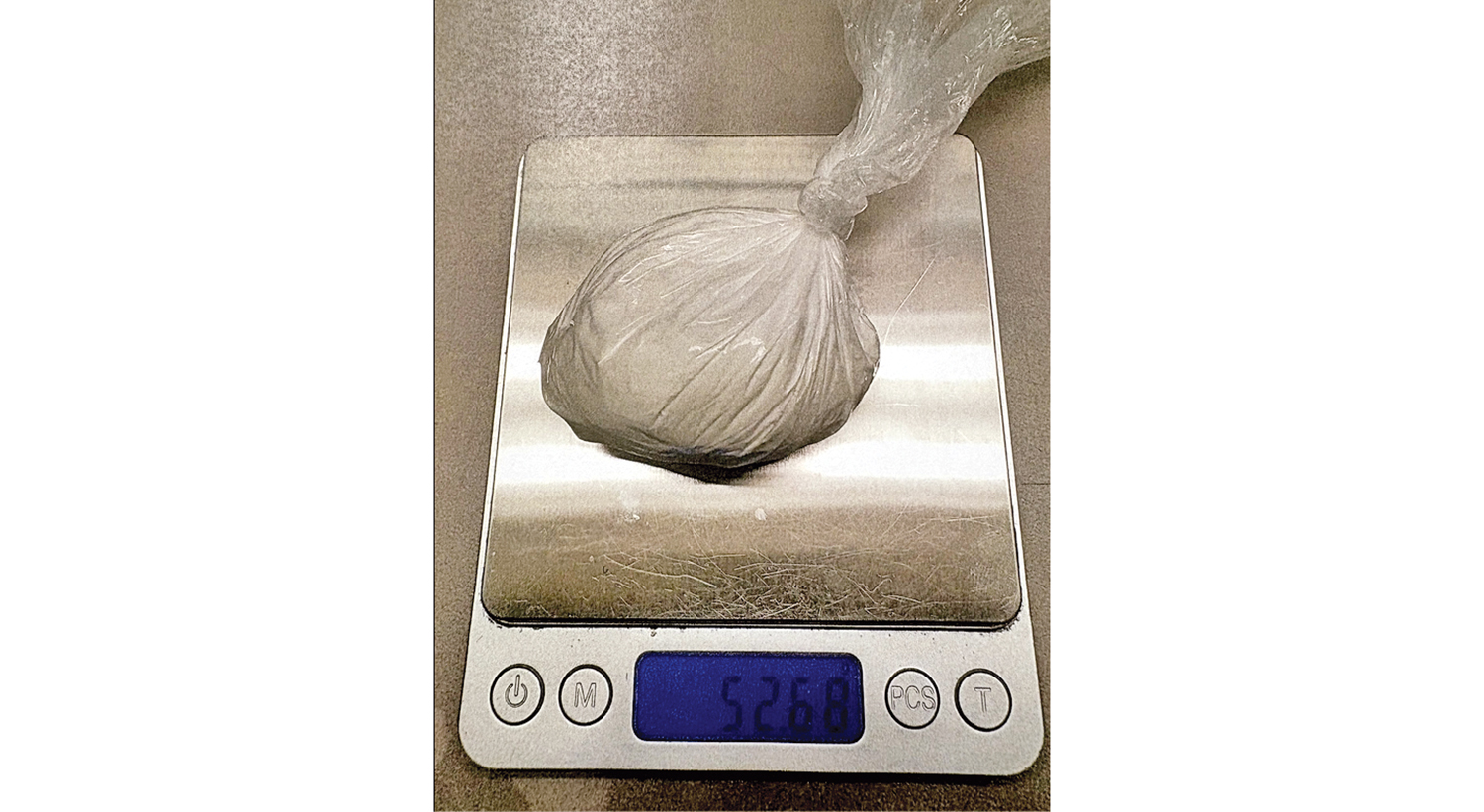Nora Swango Stanger: Planting and gardening
Published 12:00 am Saturday, April 6, 2019
It’s time to start preparing our gardens. With April comes the plowing of the ground.
I remember, as a child, walking out of the hollow we lived in and smelling the fresh scent of newly-turned ground.
The bottom land reminded me of gracefully lain ribbons in shades of brown. The dirt was in neat clumps of earth, hard to balance on, but fun to walk over.
Next came the disking to break up the dirt and allow for easier planting. Now the dirt was smoother and gave easy walking ground, though we were supposed to stay off the field and not pack down the work that was just completed.
There’s something magical when planting a garden. I remember following behind Granny as she followed behind Grandpa, laying the straight plant lines.
With a broomstick in her hand, she would punch holes in the dirt, then tell us kids to drop the seeds. One of us would drop seeds, the next would cover the seed with dirt. The last step was for the sibling carrying the water bucket to pour water on the freshly-buried seed.
I remember Granny saying, “Drop two corn seeds with three bean seeds.”
This way, as the corn grew, the bean vines would climb the corn stalk.
Granny cut up potato eyes so that each row of potatoes would have plenty of space. Then she and Mom would hoe the dirt into huge mounds as the potatoes grew. There were beautiful rows of peas, carrots and peppers.
Tomato planting was my favorite. There is nothing like eating home-grown tomatoes. Sometimes, we kids would sneak the salt shaker out to the garden. We’d push through the row of lilac bushes beside her house that gave us some cover. We’d pick the ripe tomatoes, rub the dirt off on our denim shorts, and eat that juicy treat warmed by the sun.
If we didn’t hurry, though, Granny would come chasing us out of the garden with the broom. “You kids are gonna eat all my canning goods if I don’t keep watch over you!”
Mom and Granny were out in the garden before daylight, hoeing and weeding and caring for the garden. They always planted corn on the edges of the garden. Strawberries and rhubarb grew behind the smokehouse. As the sun rose, you could see the flashes of sunlight reflecting off the silver pie pans they had hung to scare off birds.
The truth is that, back then, the garden was not a hobby. It was a necessity. Not only did it feed us during the summer, Mom and Granny canned every extra morsel of vegetables and fruit they could. My mom often worked picking apples and peaches at Bruce’s orchard up Aaron’s Creek Road. She’d bring home bushel baskets filled to the top with fruit. She and Granny would clean, cut and cook until the quart jars were full for winter.
I remember helping Granny can. My job was to clean the jars, because she said my hands were the perfect size for this job. After a morning full of canning, Granny would say, “Okay, it’s time for my stories.”
We’d sit in her tiny living room, drinking a cold Pepsi and listening for the jar tops to pop. Granny could keep up with her soap operas while also counting the number of ‘pops’ she heard. Each time she’d say, “There’s another one.”
As an adult, I’ve never been a gardener, though I love a beautiful garden. There’s something healing when you sit amongst the beauty of creation and see the hope, promise and peace that comes from watching plants grow.
And, oh, how I love buying from the farmer’s market or at roadside stands. I look at the farmers who tended to this bounty and remember the days of Granny and Mom working tirelessly to feed us. Yes, there’s something magical about a garden.
My sister Linda had a great gift of gardening. She and her husband, Gary, rented a plot of land from the community garden in Getaway. If you couldn’t find her at home, you could definitely find her in her garden. She loved nurturing each plant by weeding, hoeing and watering daily. She even won first prize once for having the prettiest plot in the whole garden. She was proud and pleased.
Gardening, if done correctly, is actually a work of art. Each intentional step of the way, each day of painstaking work takes heart, vision and commitment. Though I don’t have this gift, I am grateful for every farmer, planter, garden-tender and artist who shares their bounty with the rest of us.
Nora Swango Stanger, a Lawrence County native and Appalachian outreach coordinator for Sinclair Community College, can be reached at norastanger@gmail.com.





